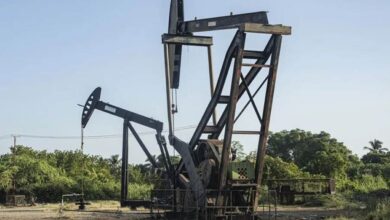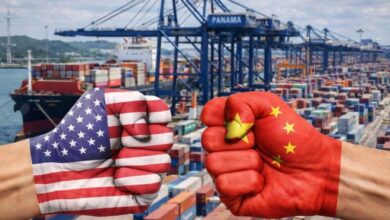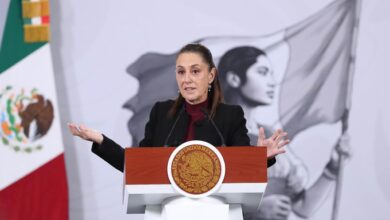Latin America lives its worst economic moment in 70 years
The ECLAC study revealed that the region faces almost zero economic growth.

Citizens walking down a street. / Photo: Pexels – Reference Image
LatinAmerican Post | Marcela Peñaloza
Listen to this article
Leer en español: Latinoamérica vive su peor momento económico en 70 años
The study conducted by ECLAC, Economic Commission for Latin America and the Caribbean, found that the economic growth of the region for 2019 was only 0.1%. An almost zero percentage that accounts for the slowdown in the economy and the social crises that several countries are facing.
In the report, the commission says that “2019 will present a general slowdown that will affect 21 of the 33 countries in the region (17 of the 20 in Latin America). Internally, low growth rates respond to poor performance of investment and exports and a fall in public spending. In turn, the dynamics of private consumption has also shown a slowdown, reflecting the decline in GDP growth. ”
In addition to the situation at the regional and national levels, Latin America and the Caribbean have been influenced by an unfavorable international scenario and a weakening of the world economy. Add to this also trade and geopolitical conflicts in other countries, such as the war between the United States and China.
Among the consequences of poor performance is
- Worsening of the labor market that has produced an approximate unemployment rate of 9.3% and an increase in informal jobs.
- 5% reduction in low prices on commodities (which are a fundamental part of the export scheme of several nations) compared to 2018.
- The general slowdown worldwide will result in lower external demand for products.
- 10% decrease in the price of oil.
- 3% reduction in the prices of agricultural products.
Read also: How will 2019 end for these 5 Latin American presidents?
How was the performance of America?
- South America: in the first half of 2019, the economies of this region decreased by 0.7%.
- Central America: the central region grew 3.3% less than the previous year. Mexico and Central America grew by 1.5%.
Which were the fastest growing economies in the first quarter?
- Dominican Republic: 5.7%
- Bolivia: 4.0%
- Panama: 3.1%
- Guatemala: 3.0%
- Colombia: 2.8%
Which were the economies with the lowest growth in the first quarter?
- Argentina
- Nicaragua
- Paraguay
- Uruguay
- Venezuela
Also read: Why is Greta Thunberg the TIME Person of the Year?
Other data to consider
- Fiscal policy: “the countries of the region plan to continue in 2019 with the consolidation process aimed at improving the primary result to stabilize the trajectory of public debt. The primary deficit in Latin America – as a measure of the short-term fiscal effort – would represent 0.2% of GDP in 2019, compared to 0.4% of GDP observed in 2018.”
- Public revenues in Latin America: “It is expected that during 2019 they will remain stable at the level observed in 2018 (18.2% of GDP). However, there is a risk that the economic slowdown and lower prices of raw materials may have a negative impact on revenues during the year.”
- Gross public debt of the central governments of Latin America: the debt “reached 41.9% of GDP on average during the first quarter of 2019, a decrease of 0.6 percentage points of GDP compared to the end of 2018, although it should be noted that its behavior was heterogeneous among countries in this period.”
What does ECLAC say?
Alicia Bárcena, executive secretary of ECLAC, in the presentation of the report said that "something is not working" because GDP per capita has contracted 4% between 2014 and 2020. This means that there was a fall of -0.5% annually.
"We have seen growth and urgent social demands to increase social inclusion in income and public goods. The region does not support adjustment policies and requires policies to stimulate growth and reduce inequality," the secretary added.
To reverse the situation, the secretary called for greater public spending on policies that revive the economy.





